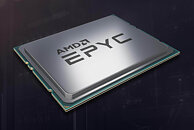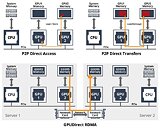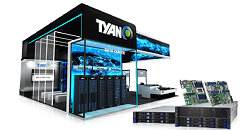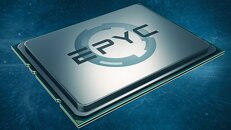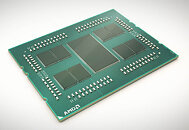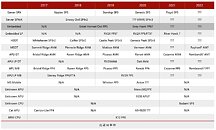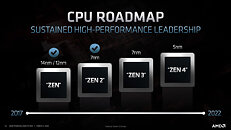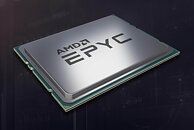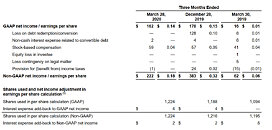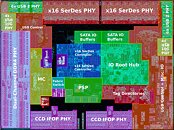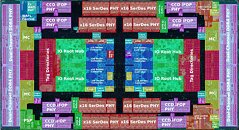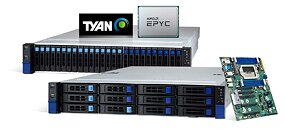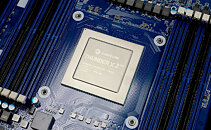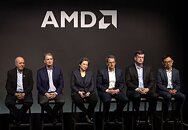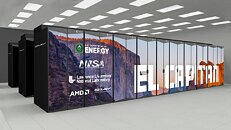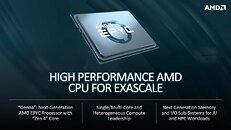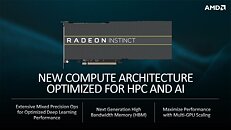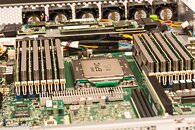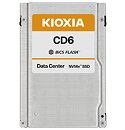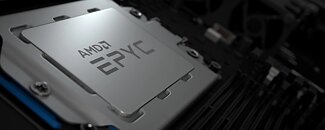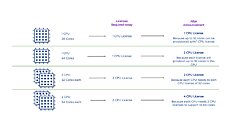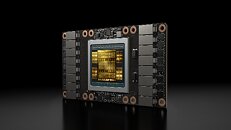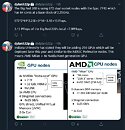
AMD EPYC Scores New Supercomputing and High-Performance Cloud Computing System Wins
AMD today announced multiple new high-performance computing wins for AMD EPYC processors, including that the seventh fastest supercomputer in the world and four of the 50 highest-performance systems on the bi-annual TOP500 list are now powered by AMD. Momentum for AMD EPYC processors in advanced science and health research continues to grow with new installations at Indiana University, Purdue University and CERN as well as high-performance computing (HPC) cloud instances from Amazon Web Services, Google, and Oracle Cloud.
"The leading HPC institutions are increasingly leveraging the power of 2nd Gen AMD EPYC processors to enable cutting-edge research that addresses the world's greatest challenges," said Forrest Norrod, senior vice president and general manager, data center and embedded systems group, AMD. "Our AMD EPYC CPUs, Radeon Instinct accelerators and open software programming environment are helping to advance the industry towards exascale-class computing, and we are proud to strengthen the global HPC ecosystem through our support of the top supercomputing clusters and cloud computing environments."
"The leading HPC institutions are increasingly leveraging the power of 2nd Gen AMD EPYC processors to enable cutting-edge research that addresses the world's greatest challenges," said Forrest Norrod, senior vice president and general manager, data center and embedded systems group, AMD. "Our AMD EPYC CPUs, Radeon Instinct accelerators and open software programming environment are helping to advance the industry towards exascale-class computing, and we are proud to strengthen the global HPC ecosystem through our support of the top supercomputing clusters and cloud computing environments."
